Harmonizing Landscape
In Japan how to relate with things and spaces are aggregated in construction of their relationships such as respecting their harmony and enhancing the environment.
Lateral thinking to look at four seasons and how to utilize materials are Japanese view of nature coming from its unique culture in order to convey the difficulty and awe of coexisting with nature.
Paying attention to this view of nature once again, we propose the way how things should exist in landscape where our actions and behaviors become part of it, by presenting ‘Harmonizing Landscape’ as a part of ‘Look into Nature’.


When conceiving something, and then setting about making it, humans learn from nature, incorporating what they have learned into the act of creation.
For example, the plant igusa (rush) is known as the material that is used to make Japanese tatami mats.
The knowledge of our forebears, who lived symbiotically with nature, has been passed down through more than a thousand years for our benefit, today.
This beauty and knowledge, as well as respect for and sensitivity to nature, we continue to pursue through the creation of contemporary interior products.
Communicating with materials, weaving value-therein lies the unchanging vision that we at ADAL seek to deliver.
“Look deep into nature,
and then you will understand
everything better.”
by Albert Einstein

People, things and spaces
become one landscape
To live together is to
accept each other
Nature is not a part of human beings,
but human beings are a part of nature

MATERIAL
What ADAL proposes are the hue and the texture of furniture that creates a landscape harmonizing with nature.
The tone of colors are adjusted in order to play a supporting role of making the most of the environment. As a result, the characteristics of the environment are respected, and the colors of natural materials are strengthened so that they become familiar with the environment.
It is a proposal to create a landscape that gazes at nature from the comfortable relationship between people, things and nature.
Igusa
Ami
It has a three-dimensional texture as the word ‘knit’ represent.
A series that creates a three-dimensional depth on a flat surface, synchronizing with the color scheme of oak and walnut materials.
It is adopted for the products that are often used as a flat surface, and its profound expression brings out the tranquility with depth.
-

GH020 -

GH021
Musubi
A lustrous look generated by a three-dimensional expression tied like a rope.
It features a strong waviness and luster in a single color weave.
By finishing the edges and the wood parts in same color, the silhouette is adjusted and it becomes an element of ‘ground’ in the space.
The uniform expression enhances the texture of rush.
-

GH022 -

GH023 -

GH024 -

GH025 -

GH026
Recommend
| Igusa | Wood | Steel | |
|---|---|---|---|
| A-01 |
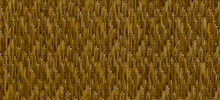
|
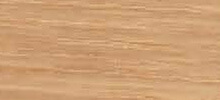
|

|
| A-02 |

|

|

|
| M-01 |

|

|

|
| M-02 |
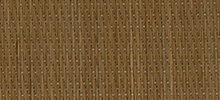
|

|

|
| M-03 |
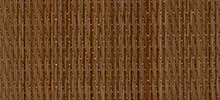
|

|

|
| M-04 |
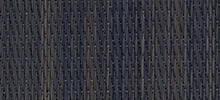
|
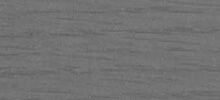
|

|
| M-05 |
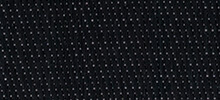
|

|

|
